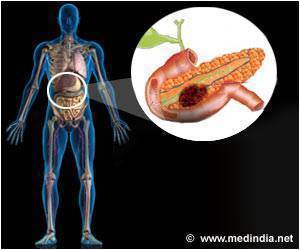Antibiotic resistance happens when bacteria evolve mechanisms to withstand the drugs which are used to treat infections.

‘Using novel experimental approaches, experts identified mechanisms or 'strategies' that bacteria use to protect themselves from antibiotics.’





Using novel experimental approaches, involving whole genome DNA sequencing never previously applied in this area of research, the team identified mechanisms or 'strategies' that bacteria use to protect themselves from antibiotics. Senior author Professor David Grainger said: "We investigated a gene found in bacteria that is involved in resistance to multiple antibiotics.
"Although we have known about this gene for many decades, the 'nuts and bolts' of how it provides resistance to antibiotics has been difficult to pick apart.
"Our research identified previously unknown roles for this gene in controlling processes that provide drug resistance.
"We found two completely unexpected mechanisms that bacteria use to protect themselves from antibiotics. One protected their DNA from the harmful effects of fluoroquinolone antibiotics, and the other prevented doxycyline getting inside bacteria."
Advertisement
The study, published in Nature Communications, was the result of a decade-long research project carried out by the University. Co-author Professor Laura Piddock concludes: "Antibiotics underpin modern medical, veterinary and farming practices world-wide. However, the efficacy of antibiotics is decreasing as more bacteria become resistant.
Advertisement
Source-Eurekalert















